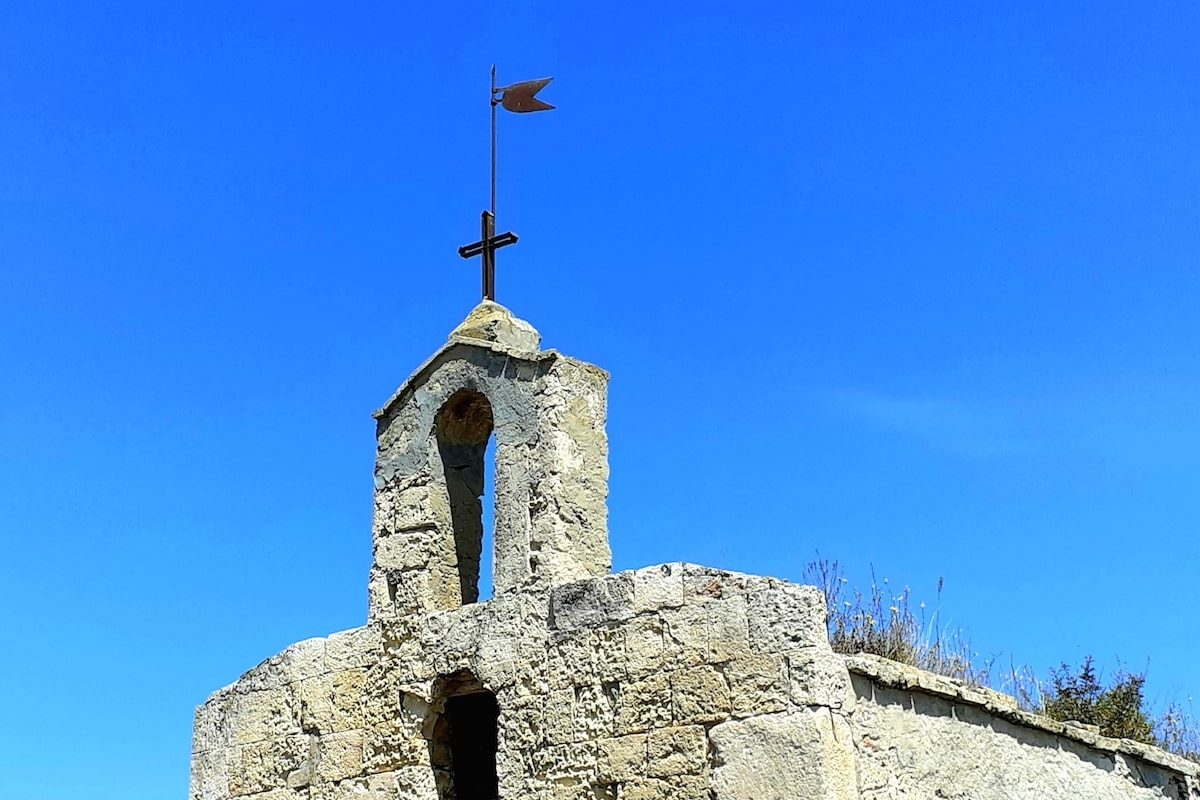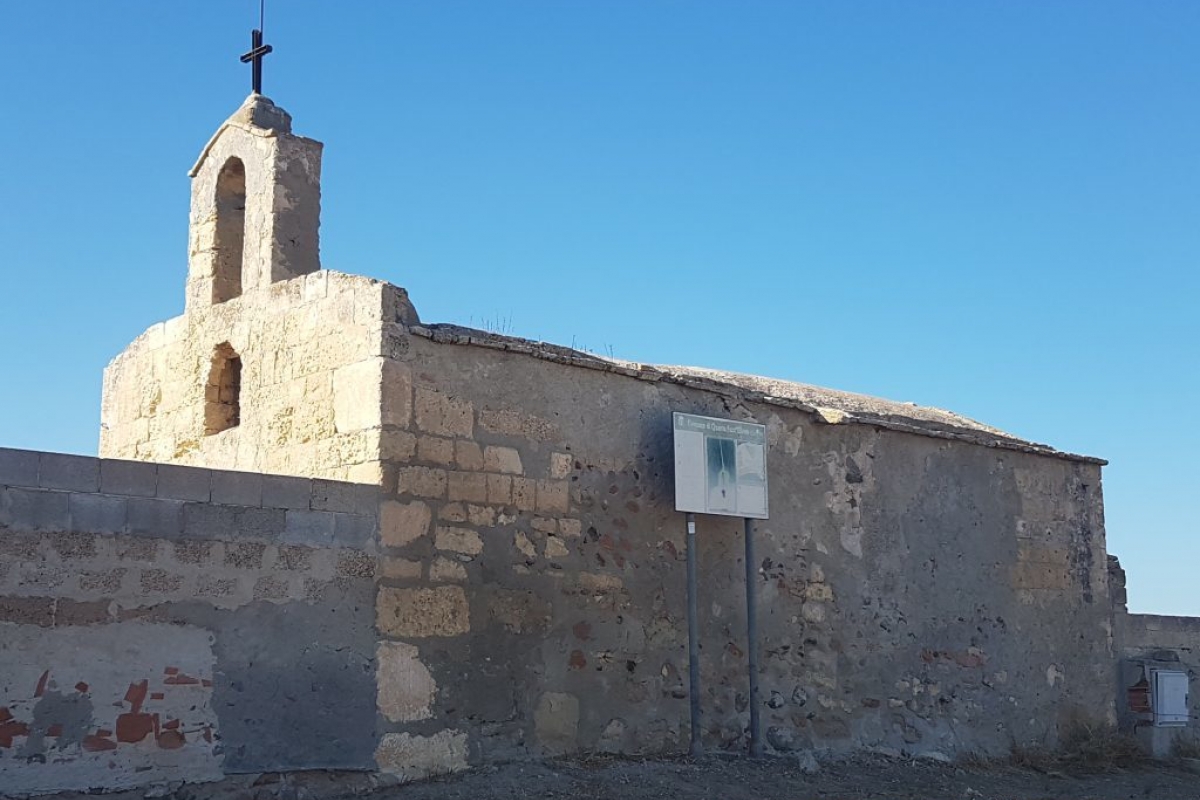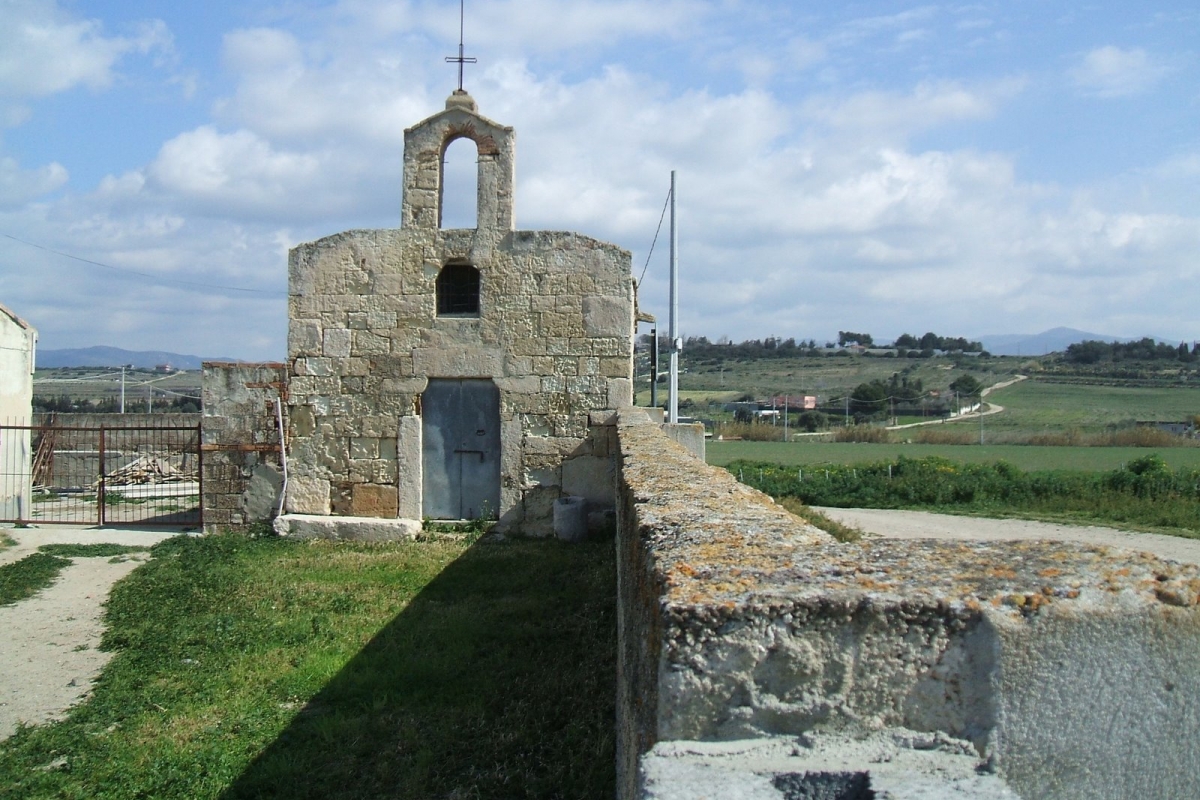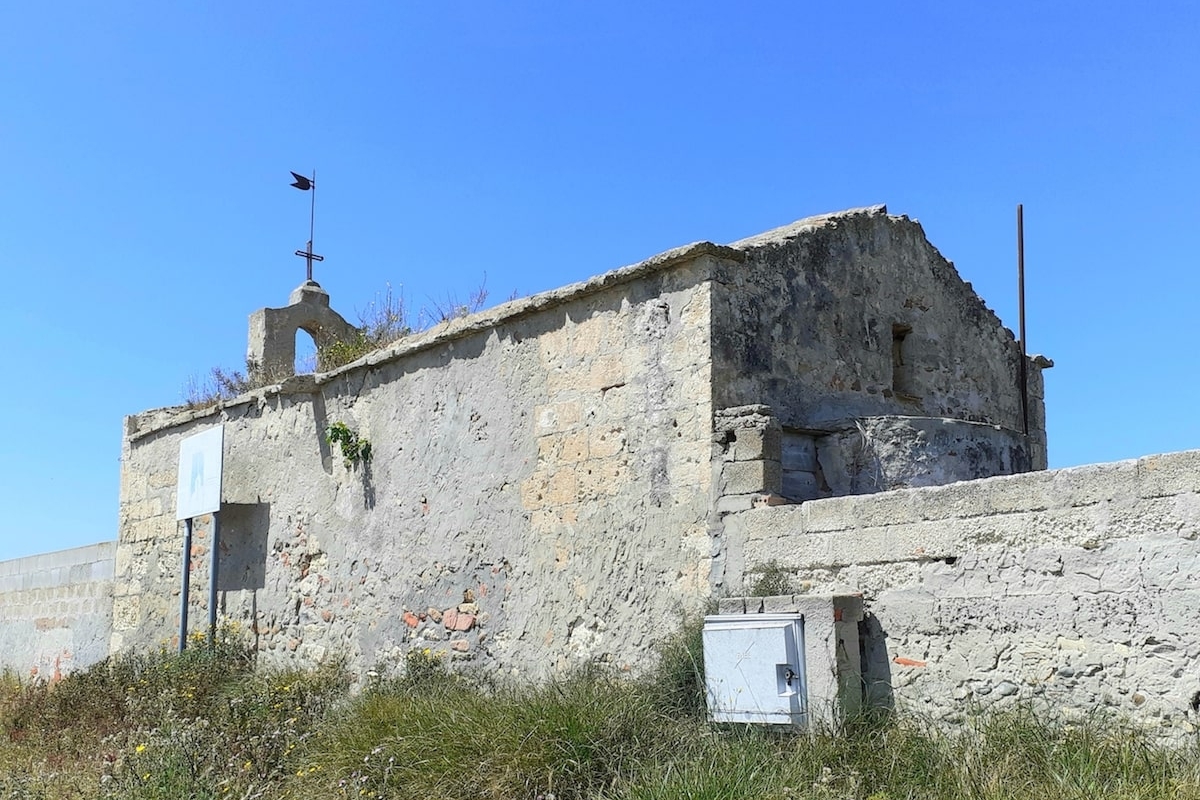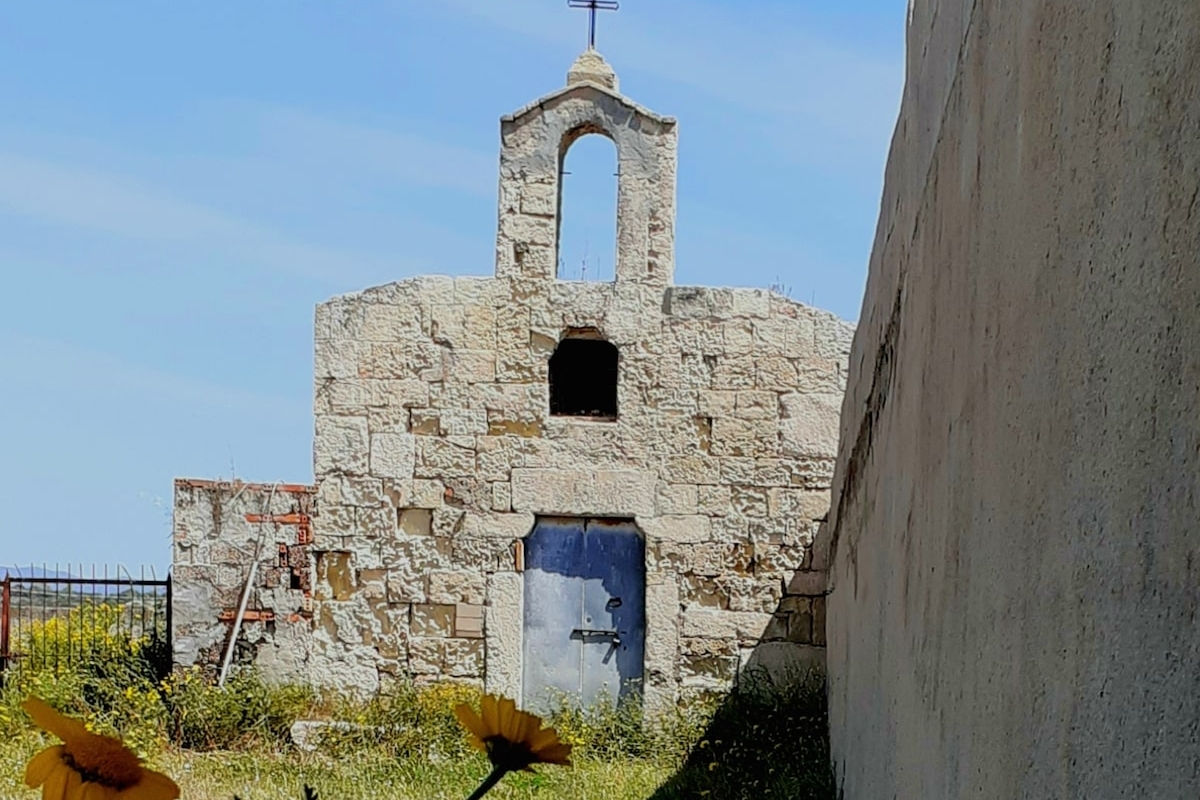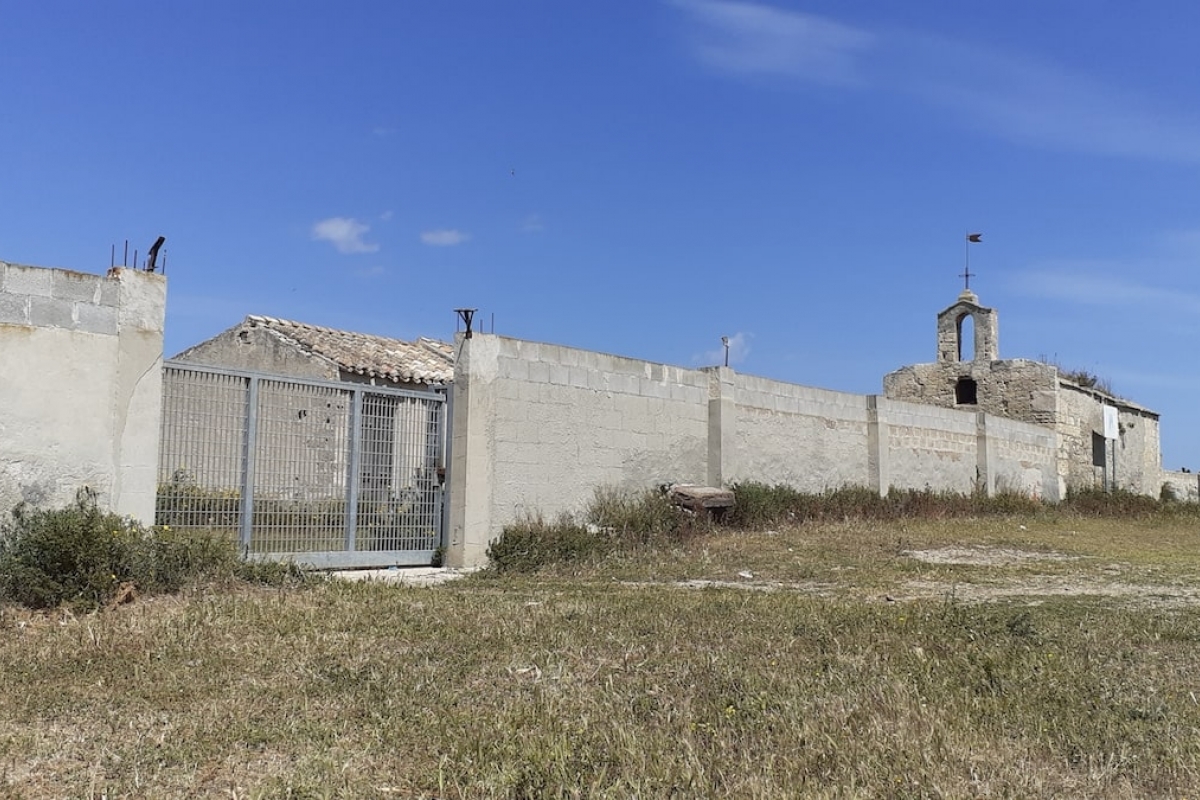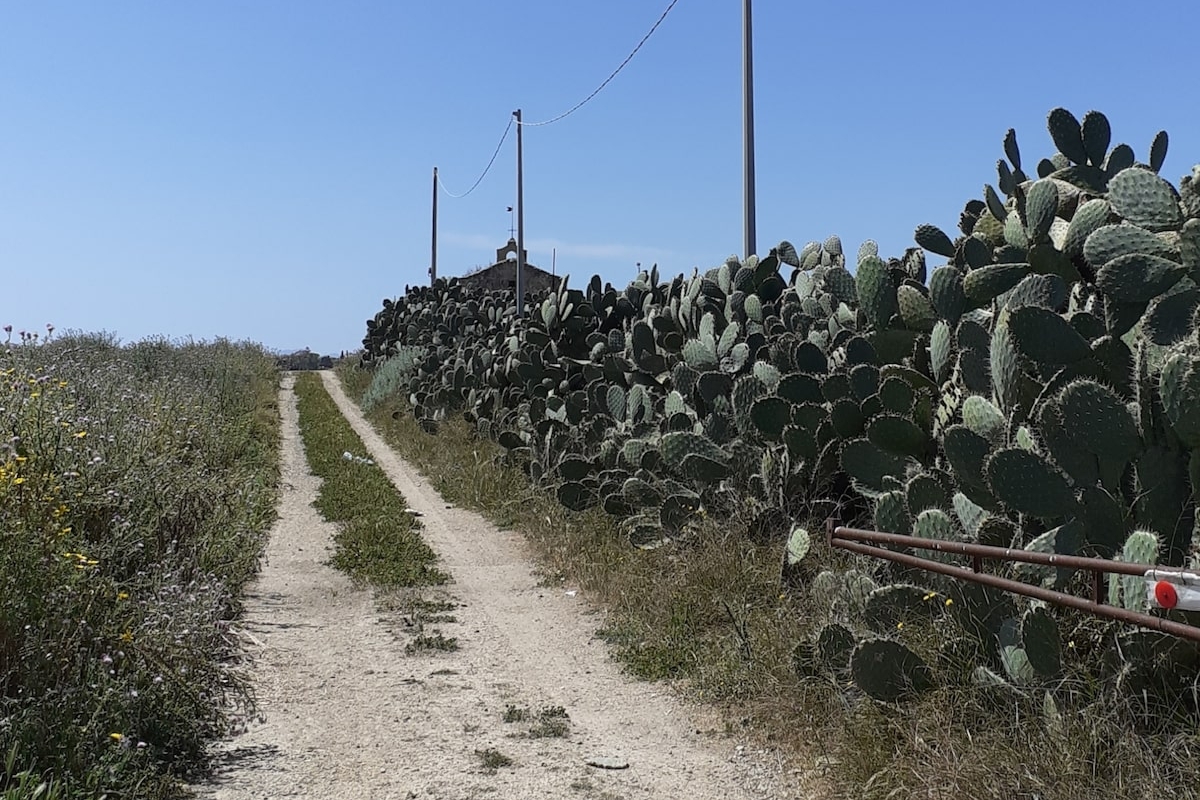San Forzorio Church
The church is located in the locality of Santu Frassori, near the pond of the same name, inserted in a farm that entirely incorporated it, on the road connecting Quartu with Sant'Isidoro. It was purchased by the Perra family, the current owners, in 1800.
There is no information on the Romanesque building, which can be attributed to the end of the 13th century. The structure is preserved with few alterations to the original layout with clear references to a late Romanesque historical context marked by criteria of great simplicity.
It has undergone various restorations over the years, which have deteriorated the wall layout. The origin of the name of the titular saint is uncertain. It does not appear in any martyrology or menology, and may therefore be a popular deformation of another name, perhaps St. Lussorio (St. Luxorius). Lussorio (S. Luxori) or 'Forzore', a name still in use in Tuscany.
The layout is a single-nave hall, unusually elongated, measuring 9.00x 4.50 metres. The south-west front elevation shows a wall face in irregularly cut sandstone ashlars.
It has a small bell gable with a single semicircular span similar to the church of S Platano. In the architraved portal, the capitals are shaped with a flat ribbed triangular leaf on the left and a straight shell on the right.
On the left side of the façade, we find a large monolith also made of limestone material, perhaps recovered from some Roman construction. On the corbel supporting the door lintel on the left, a very deteriorated bipartite coat of arms is carved.
The entrance light is surmounted by a rudimentary squared single-light window with a 45° top.
On the rear elevation, the cylindrical body of the apse protrudes, made of mixed stones of various sizes, bonded with mortar, surmounted by a rectangular single lancet window that takes the form of a small Greek cross on the inside.
The only decorative element is the cornice under the roof formed by the small ashlars that regularly protrude from the side walls, interrupted by two modest fluted stone dripstones. As for the decoration of the interior, we find in the barrel vault supported by a supporting arch resting on corbels, one of which is obtained by juxtaposing two elements that frontally pronounce like the rocchi of the Ionic capital.
The vault has a blue colour scheme with gold stars in places detached due to moisture. The only furnishings present are a masonry altar inside a 20th-century-looking wood and glass case and an 18th-century wooden simulacrum of a young saint with martyrdom palm and book.
The first document attesting to the existence of the church of San Forzorio is the report on the pastoral visit of 1599, where it is described in a state of semi-abandonment. This situation prompted Bishop Lasso Sedano to appoint the people of Quartona, Antioco Milia and Antioco Piludu, as obrieri, to restore it at the expense of donations from the faithful. Between 1722 and 1726, however, the building was still in ruins and was therefore completely rebuilt around 1761.
In 1793, the French, who had landed at Margine Rosso in an attempt to conquer Cagliari, desecrated the church on their way to the city. They placed on the saint's simulacrum the frieze cap and tricolour cockade, symbol of revolution, and the saint's name was changed to San Farsaire (Saint Buffoon). Progressive decay led to the deconsecration in the early 1900s.
Source: 'Urban itineraries between archaeology and history' - Liceo Artistico Brotzu and Quartu Sant'Elena Municipal Administration







